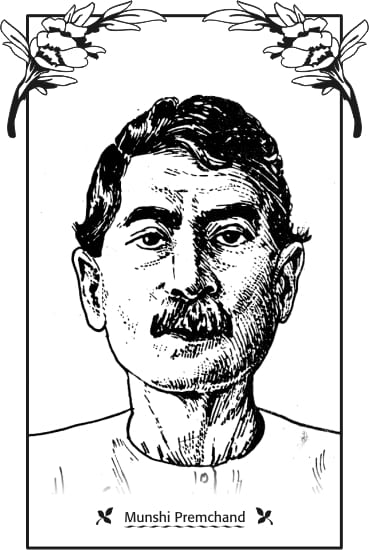 Based on a lesson plan by Prof. Dalpat Rajpurohit for STARTALK@NYU and the South Asian Institute, Columbia U workshop:”Efficient Strategies to keep students engaged in the Hindi and Urdu classrooms”:
Based on a lesson plan by Prof. Dalpat Rajpurohit for STARTALK@NYU and the South Asian Institute, Columbia U workshop:”Efficient Strategies to keep students engaged in the Hindi and Urdu classrooms”:
Proficiency level: Intermediate High/Advanced Low
Time: 3X75 min
Objectives: Students will be able to:
- describe the caste system in India
- explain what the dalit caste is
- make comparisons between two short stories and the voices expressed in them
Language Targets: Students will be able to use appropriately:
- the presumptive: सभी ने पढ़ा होगा
- causative verbs: विवाह करा दिया; लेखक प्रेमचंद ने हामिद से बड़ी-बड़ी बातें कहलवा दीं
- the frequentative aspect: प्रेमचन्द नवाब राय के नाम से लिखा करते थे
- conjunct verbs: Xकी अपेक्षा करना; Xका अभिनंदन करना
- compound verbs: प्रेमचन्द ने लिखना आरंभ कर दिया था; प्रेमचन्द नेकई कहानियों में भारत के ग्रामीण जीवन को लिख डाला
Performance Task:
- Interpretive: students create a Venn Diagram comparing the depiction of dalits in two short stories
- Presentational: students discuss orally and write a critical analysis of social issues as reflected in a short story
- Interpersonal: students argue the pros and cons about the author’s right to voice problems of caste when s/he does not belong to that caste
Materials:
- BBC article on Premchand’s life and writings
- Short story ‘ठाकुर का कुआँ’ (प्रेमचंद)
- T.V. adaptation of ‘ठाकुर का कुआँ’
- Short story ‘टिल्लू का पोता’ (सूरजपाल चौहान)
Learning Scenarios:
1. Homework: research on castes in India — teacher provides a list of about 25 words/phrases
2. Jigsaw: Different groups read different sections of BBC article on Premchand. Students change groups to present to their peers and learn more from their sections.
3. Teacher asks students to brainstorm in groups on a given topic. Groups report to class and teacher adds addionial information and language to prepare them for what to look for in the story: Premchand’s time and issues:
- Varna system
- Untouchability
- Illiteracy
- Life of the lower-caste people
4. Reading of ठाकुर का कुआं in sections and discussion. Students write a blog:
कम से कम २५ वाक्यों में जवाब लिखें:
- जातिगत भेदभाव
- छुआछूत
- लिंगभेद
- अशिक्षा
5. Reading of sections of टिल्लू का पोता and discussion. Students in groups are asked to address two of the following issues in a concept map or a Venn diagram:
- प्रेमचंद और सूरजपाल चौहान
- ठाकुर का कुआं और टिल्लू का पोता
- पात्रों के नाम
- शिक्षा
- शहर का माहौल और गाँव का माहौल
- अतीत और वर्तमान
- जातिगत भेदभाव
- छुआछूत
- दलित
6. Comparison of the two stories:
नीचे लिखे बिन्दुओं पर विचार करते हुए ‘ठाकुर का कुआँ और ‘टिल्लू का पोता’ कहानियों की तुलना कीजिये.
1.क्या दोनों कहानियों से हम दलितों के जीवन में हुए बदलावों को समझ सकते हैं? कैसे?
2.जाति का मुद्दा शहर और गाँव में कैसे बदल जाता है?
3.कौन सा कहानीकार दलितों को सशक्त ढंग से दिखाता है? और क्यों?
7. Debates: students argue the pros and cons about the author’s right to voice problems of caste when s/he does not belong to that caste. Each student is assigned a role:
- a literary critic
- a non-dalit writer
- a dalit writer
- a dalit
Suggested follow-up lesson: Abolishing the caste system or back to Premchand page